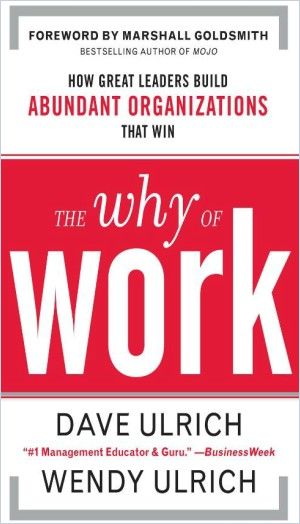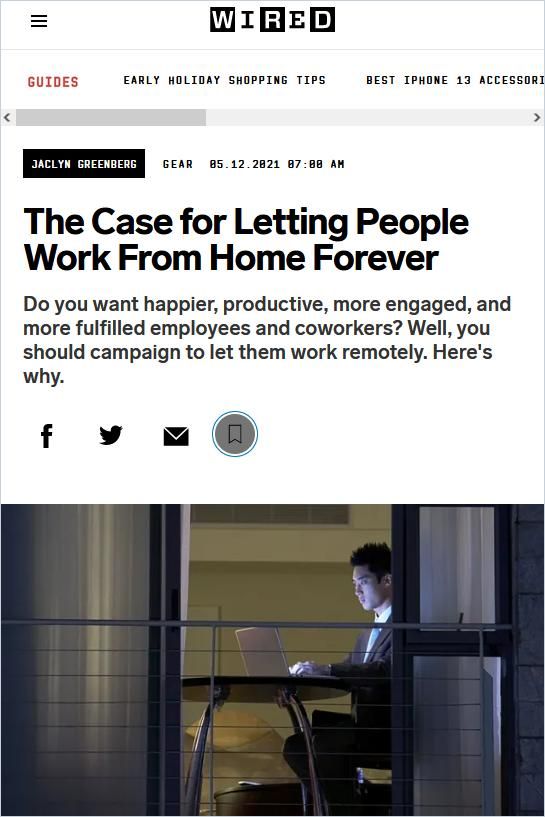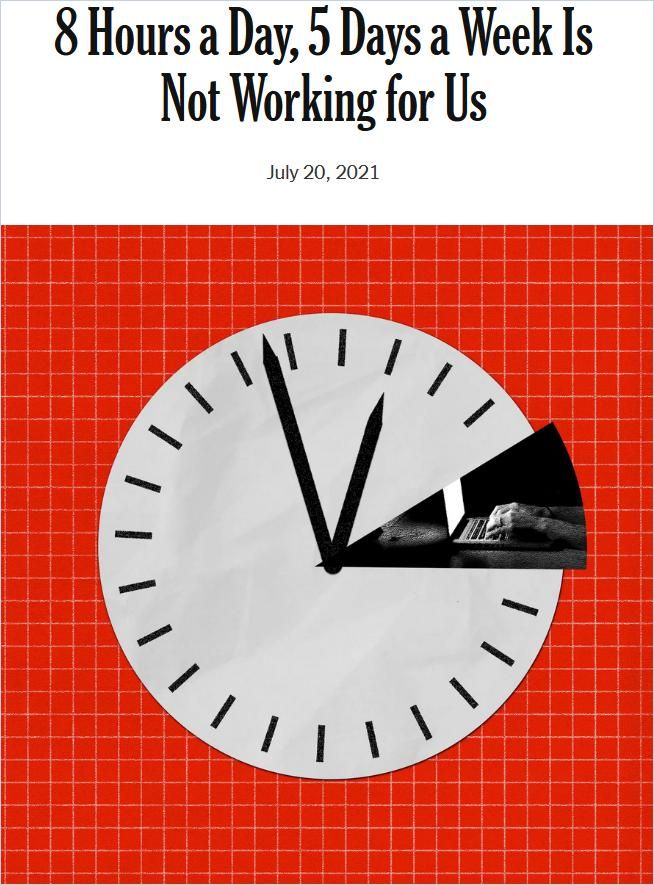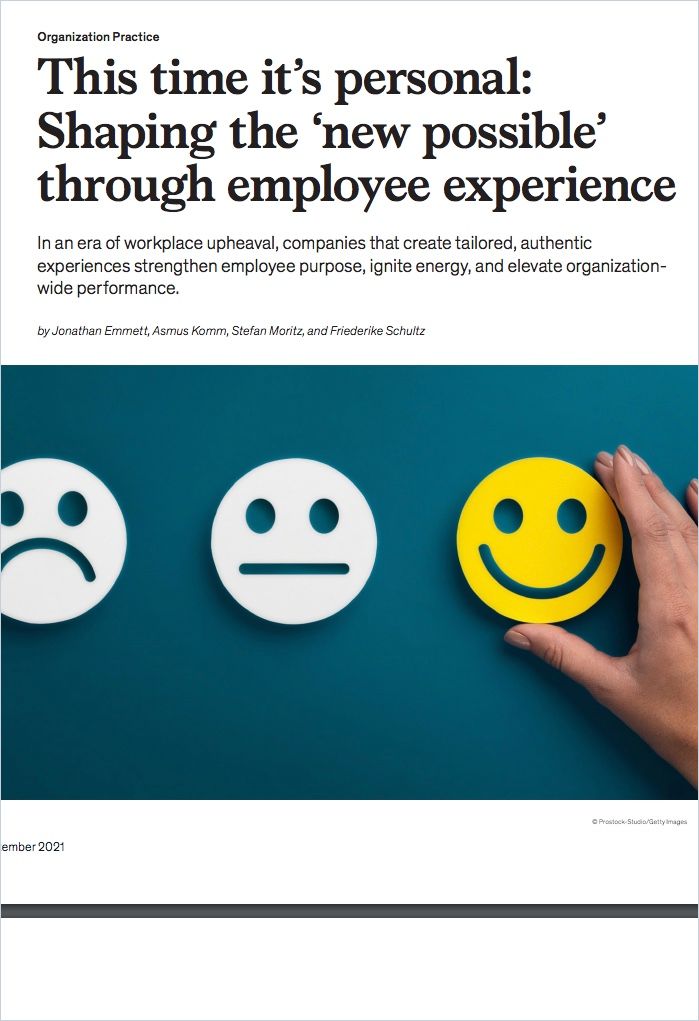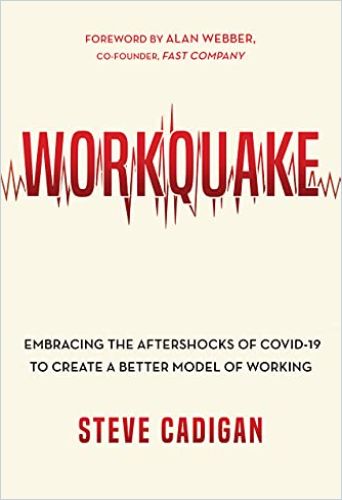Discarding White and Blue Collars

For decades, organizations divided their workforces into two camps: People who worked in manufacturing, construction, distribution and installation at the sites where the products are used (those who get their hands dirty in the blue overalls) and those who are supposed to think up, design, direct and sell the whole thing – wearing bright, well-ironed shirts.
However, anyone who works in a company in 2022 that did not come to a standstill in 1985 knows from their own experience that this separation works less and less. Instead, the work landscape is fundamentally changing, and there is no shortage of challenges in dealing with employees and employee groups.
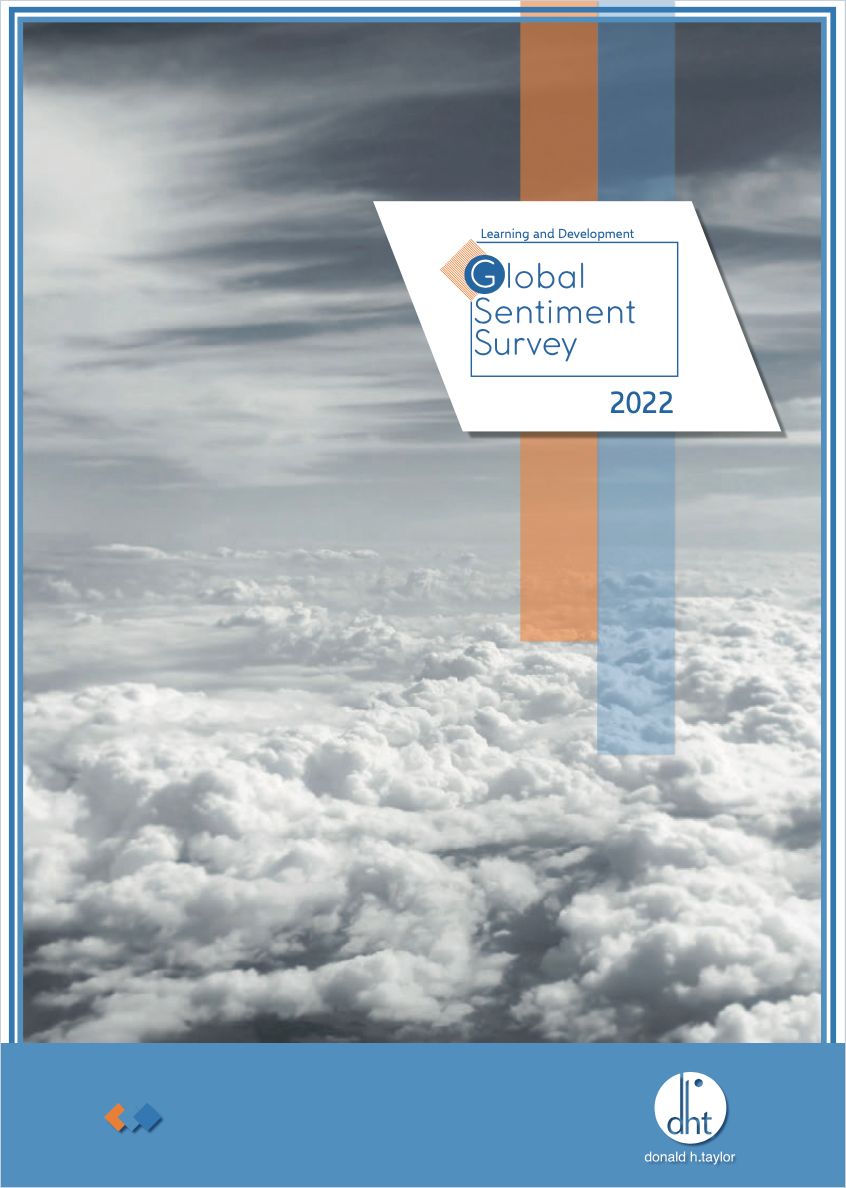
The new dividing lines in the workforce are more subtle, and the evolving clashes between your organization’s stakeholders are more numerous – and that’s why the need for a common “corporate culture” currently seems to be so great:
Many pressing workplace problems stayed unaddressed for too long, and now the tensions are discharged at the most different places.
So let’s take a look at the new shifts in the workforce – the visible ones, the invisible ones, the ones that have already happened, and the ones that are yet to come.
The Great Re-Evaluation: “Just a Job” or “More than a Job?”
When the COVID-19 pandemic began in 2020, McKinsey conducted a survey of nearly 1,000 working people. It found that exhausted employees were leaving their jobs due to unmet psychological needs for “trust, social cohesion and purpose.” Over the past two years, people have increasingly taken their fate into their own hands (yes, they are quitting) because they are re-evaluating what’s important in their lives and acting accordingly.
The most important criteria for workers (and especially knowledge workers in service economies) now are:
- Working purpose.
- Working location.
- Working hours.
- The salary for the right package of the above three.
So those who have remained loyal to your stall are divided into two new camps. Those who will stay anyway because they are happy to have a job. And those who actually want and are looking for more (purpose, trust, career advancement opportunities, etc.).
The former will always stay with you. The latter will not.
In addition, rapidly changing technology impairs companies’ abilities to forecast what skills their organizations will need in the future. Instead of the traditional offer of pay and benefits – amid the impossibility of promising security and stability – companies should offer employees opportunities that will make them more employable, at their firm or elsewhere.
And to keep them, you should come up with a plan.
- To improve employee morale and performance, redesign your Employee Experience (EX) by focusing on “moments that matter” in an employee’s “journey.”
- “Moments that matter” are inflection points in the employee life cycle critical to EX design.
- Employees who enjoy a positive employee experience have 16 times the engagement level of employees who have negative experiences.
- Companies that personalize their EX systems achieve the best outcomes.
- Learn more…
Location Matters: Desks, Offices and “Fair” Pay
In the hybrid world of work, there are people who often work in the office and also want to live near it, and those who will never be seen in the office or in the city again. What does that mean? Should people who live too far away to partake in office-based activities be paid the same as those staying in high-cost areas near their workplace? And what will be the impact of location-based pay on employee retention?
Writing for the BBC, Alex Christian lays out the debate about location-based pay from both the employer’s and employees’ perspectives.

Software company HubSpot and online real-estate marketplace Zillow are two companies opting against a location-based compensation scheme. They believe that salary should be tied to what people bring to the company, not their location. Offering the same high-end salaries regardless of location is also a great way to recruit and retain talent in a tight labor market.
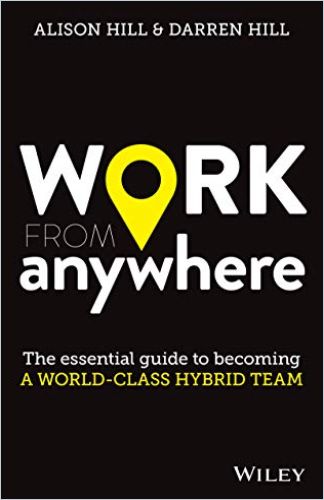
Learn how you and your organization can avoid hybrid work design missteps here:
- Managers leaning toward a hybrid work environment should ask their team members what blend most suits their responsibilities and culture.
- Identify which elements of their work can thrive while working from anywhere (WFA), and when, why and how often the team should assemble in person.
- As these discussions and tests unfold, mistakes will be part of the learning process, so don’t wait for complete clarity before acting.
- Learn more…
Automation: Mechanics Are Not Obsolete – They Become Digital Experts
Where once there were beefy employees slaving away in their blue overalls, on assembly lines or on meter-high rolling ladders, today, industrious robots buzz through the halls. They ensure that fewer workers have to show up at the back doctor’s office, and once the system is up and running, they never call in sick. But what about the hard workers? Have they become unemployed?
No. Because the goals of automation are shifting. In the past, automation aimed to improve efficiency by replacing human workers with machines that performed tasks faster and more cheaply. In the new era of “intelligent automation,” machines use artificial intelligence (AI) to augment human decision-making, problem-solving, strategizing and creativity. Rather than focusing purely on productivity gains, today’s intelligent automation supports a business’s overall market strategy – and turns former “blue-collar workers” into in-demand digital experts with frontline experience (and significantly higher wages).
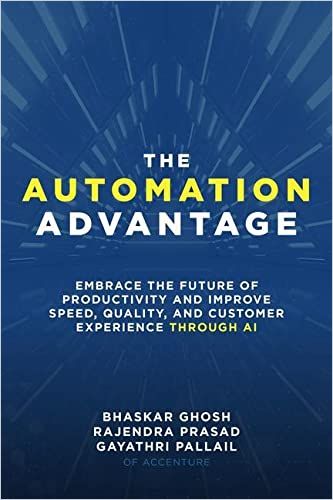
Learn how to set up an automation scheme for your organization here. Then, make sure that your workforce keeps the pace by:
- Celebrating your wins – Decide on metrics to measure progress. Provide your workforce with updates on the company’s automation-related achievements.
- Providing support – Offer ongoing support to all elements (human, operational and technical) that played roles in implementation. Establish an automation center of excellence to further this process.
- Promoting continuous innovation – Stay technologically current by constantly seeking out new possibilities. Study emerging trends, improve customer experience, invest in or partner with innovative “growth-stage” businesses, and institute mechanisms for collecting and incubating new ideas. Remember that automation is not purely a productivity issue. Follow the example of retailers who, after initial automation-based productivity gains, subsequently applied automation to study consumer behavior and personalize consumer communications.
- Cultivating in-house talent – Invest in your workers’ abilities. As Expedia’s data science director Jack Chua points out, you may have difficulty finding an outside AI expert when you need to perform maintenance on a process. Invest in a staff of such experts.
- Ensuring continued governance – Governance plays a major role in any successful automation initiative. But when the system is in use, overseers might shift their focus to other concerns. Formulate a governance structure that represents the interests of all stakeholders. This governance body should meet regularly to consider tracking data for all intelligent automation initiatives as well as feedback from project teams.
Leaders, Coaches – or Stewards?
The more the corporate landscape was rocked by all the recent storms, the louder the whining from executives who could not exercise their supposed “control.” However, this has harmed very few companies, which is why many CEOs are currently asking themselves: Why do I actually need so many executives, whom I pay very well to implement what makes sense – if those further down do it even better without being bothered?
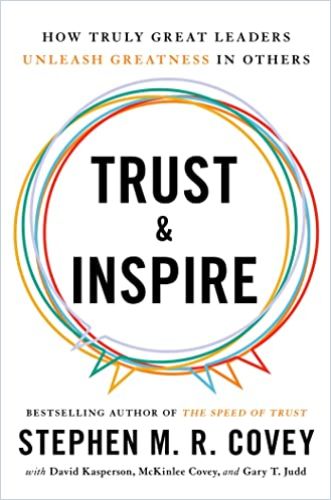
In his book Trust & Inspire, Stephen M.R. Covey lays out what the right mix of “old world and new world” looks like when it comes to leadership:
- Traditional command-and-control leadership treats people like fleas in a jar.
- “Trust & Inspire” leadership respects and empowers people.
- Trusted, inspirational leaders are responsible stewards.
- The best leaders embody the values they want others to display.
- Learn more.
Since, for the foreseeable future, the two extremes of leadership models will have to function alongside and with each other, Covey’s guidebook offers itself as a mediator that simultaneously points the way.
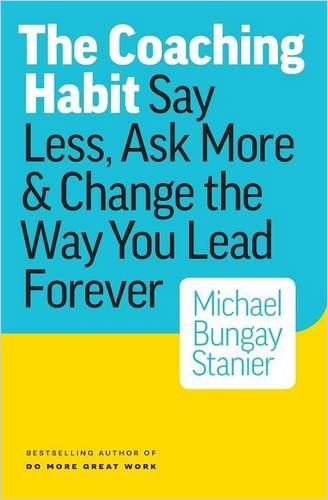
And those who want to know more specifically what this future of leadership might look like can continue to heed the lessons from Michael Bungay Stanier’s classic:
- Proper coaching helps employees enhance their skills and master their jobs.
- It can make teams less dependent on managers, free up managers’ time and connect managers with their most important work.
- Managers can use coaching techniques to improve their relationships with their bosses, customers, colleagues and family.
- Learn more…
